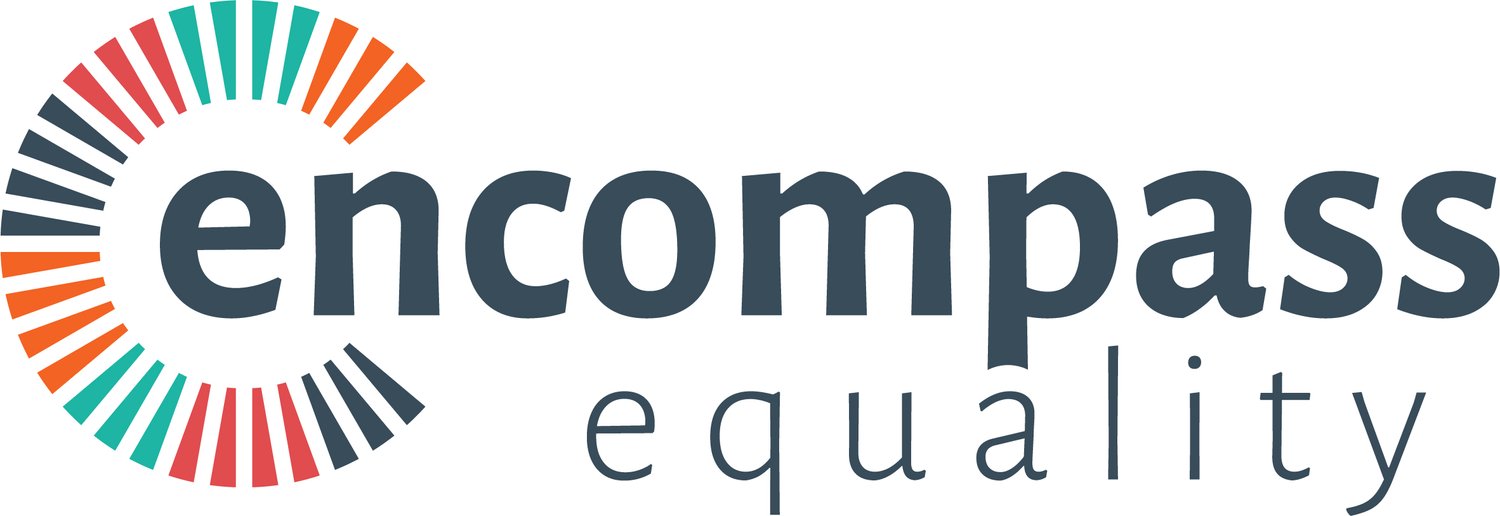Meeting the confidence challenge
You will probably know the famous Punch cartoon by Riana Duncan. The man chairing the meeting turns to a woman, saying “That’s an excellent suggestion, Miss Triggs. Perhaps one of the men here would like to make it.”
It might have been the late 1980’s when the cartoon was first published but it’s sadly still relevant today, with men often dominating mixed gender conversations, including meetings.
It doesn’t have to be like this and here I will outline ways in which women can be confident about participating against the odds.
First, though, you need to do some thinking. Think about how many meetings you attend and how often you speak at those meetings. If you don’t contribute, think about the reasons for this. Are you the only woman at the meeting? Do the other women say very little? Are you interrupted if you speak? Do you think you don’t have anything of value to contribute? Do you feel under prepared or out of your depth?
Also think about the space where the meetings take place. Where do you sit? How close are you to the Chair? How prompt are you? Do you have the agenda to hand and are your papers organised?
Having thought through these things, here are some guidelines on how to appear and be confident before the meeting starts:
Keep all your meeting materials together and ensure your papers are in order. Do this beforehand and ensure you have a means of taking notes.
Read the papers! Even if you don’t have time, ensure you are familiar with the agenda and make notes on areas where you can contribute.
Arrive early, or as early as you can. This means you start confidently.
Choose your seat wisely. Sit near the Chair or next to someone who makes you feel relaxed and confident. Start up a conversation with someone.
Sit up! Sit forward, make eye contact with others and initiate conversation. If you are inclined to be shy, have a general comment to make.
Breathe! Slow down your breathing, stretch your feet (nobody can see you do this, but it helps with relaxation). Have a drink of water.
Make eye contact. Smile and greet the others attending.
Visualise. This is an important tool for achieving confidence. Visualise yourself at the meeting in some detail: you are well-prepared, sitting well forward, looking confident, listening, speaking up, making notes and presenting a confident air.
To appear confident during a meeting:
Listen attentively and actively. Look directly at whoever is speaking and pay attention. Nod if you agree.
Note anything that might be useful for follow up after the meeting.
Speak. Even if briefly, it’s important that your voice is heard! Ask a pertinent question, offer information, confirm something, or simply say, in a firm voice, “Yes. We could do that.” Make your presence known.
Offer a suggestion. If it helps, decide beforehand what the suggestion will be and do not apologise for making a suggestion – use positive language, such as “We could tackle this by…”
Don’t pull faces or collude with someone. Sometimes, it’s hard not to catch someone’s eye and raise an eyebrow. It is, however, unprofessional and unkind.
Volunteer. Offer to do something or to follow up for the next meeting. If an opportunity arises, put your hand up, speak up and say firmly, “I’ll do that” or “I’d be happy to take that on”. Don’t be diffident. Be firm.
Don’t shrink. If you are singled out for anything, or asked a question, don’t hunch your shoulders or shrink back. Take a good, deep breath and thank whoever is saying something noteworthy or respond to the question. If someone is being unkind or belittling you, find the courage to say so by responding “I don’t think that’s appropriate now, I’m happy to discuss this with you outside of this meeting” and then do not discuss it further. Do not make any comment about it on social media and thank any sympathetic colleagues who may express their concern. You need support, so nurture it.
Don’t mind read. If you think that others at the meeting are bored, frustrated or dismissive when you speak, what evidence is there for this? Does it matter? Speak up and stop mind reading. Even if they do show some frustration, dig in and say it anyway.
Finally, after the meeting:
Look through your notes. Allocate 15 minutes to put important dates in your diary and note reminders about follow up.
Follow up. Respond to anything you’ve been asked to respond to and offer any suggestions that may have occurred to you after the meeting.
Evaluate. How do you think you did in the meeting? What’s the next small step you can take at the following meeting to make your presence felt?
If you put in an extra few minutes for each meeting, ensuring that you are prepared and that you follow up where appropriate, you’ll feel increasingly confident about participating.
To read more about our Speak Up course, helping women discover their confidence to speak up, please click here.
About the author
Dr Geraldine Perriam is an Honorary Research Associate at the University of Glasgow. She has worked in education for over thirty years and has also worked in the private sector. Much of her research centres on gender: women’s public and domestic lives, mental health and wellbeing and fiction written by women. She is a feminist geographer, has worked in primary and higher education, the IT industry and educational management and policy development. She has taught research methods to undergraduate and postgraduate students. Her work for My Confidence Matters involves analysis and reporting of survey results and current research on women’s experiences in the workplace.
Sign up here to receive our monthly insights and inspiration, join our community and get access to our latest updates, advice, news and resources.
